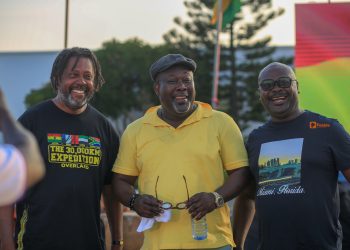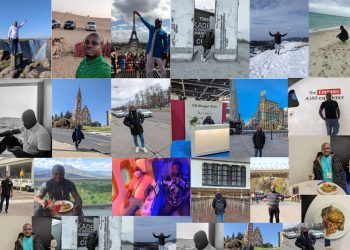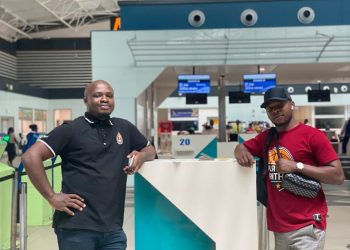If you are not from the Ashanti Region of Ghana, you may have probably never heard of the small town of Ntonso, located in the Kwabre East Municipality, few kilometres from the regional capital Kumasi. The humble old town is described as the home of Adinkra symbols, Ghana’s most symbolic art works that carry messages full of wisdom.
If you are hearing Adinkra for the first time, Adinkra symbols are unique artistic symbols that tell unique stories in the custom of Ghana, especially in the Akan areas like Asante and Akyems.
The symbols which are of various shapes and drawings all carry unique messages of wisdom and advice, meant to teach the people about wisdom, unity, fairness and behaviours considered upright in the society.

In Ntonso, these symbols are carefully woven into Kente materials, adding extra dimension to local Kente materials produced in the town. Over the decades the town has become famous for its unique ability to merge various adinkra symbols into the Kente material and even engrave these symbols on important monuments like stools and royals buildings.

More uniquely, craftsmen in Ntonso such as Kente weavers, carpenters and painters have all carefully mastered the art of incorporating Adinkra symbols into their works, making Ntonso the town to visit if one needs products that have Adinkra symbols embossed on them, especially cloth materials like Kente.

Ntonsu receives so many visitors because of its specialty in Adinkra symbols. Every year, the small town receives thousands of tourists who visit to see how these Adinkra symbols are embroiled into materials like Kente and other monuments.
Tourists to the town learn about the history and messages behind these traditionally famous symbols, such as Sankofa, Denkyem and Duafe. Visitors also have a once in a lifetime privilege to witness the processes Adinkra symbols go through to be merged into a cloth material, with the main processes involving dyeing, stamping and embroidery of the cloth.
Still have some travel questions? Ask in our Travel WhatsApp Group.







